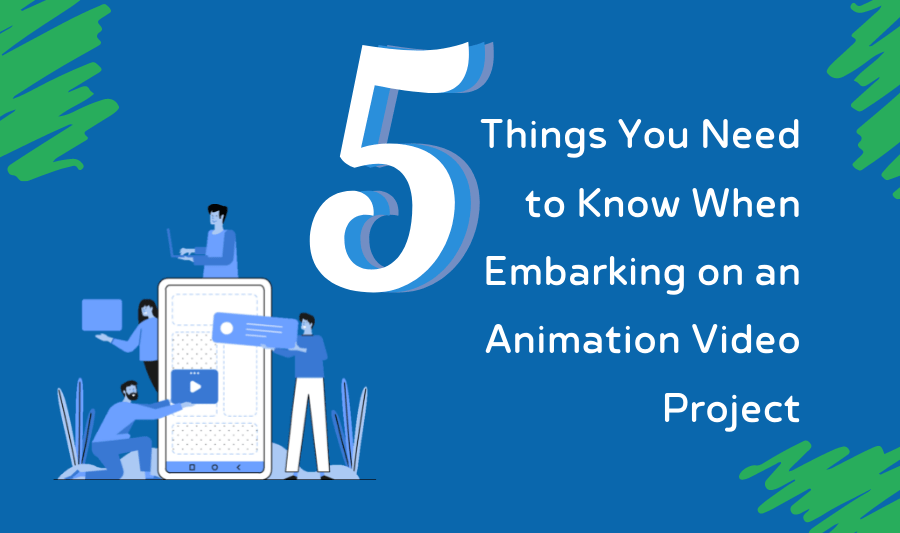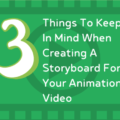Animation video is a powerful way to share information, tell stories, and boost learning. Whether your goal is to explain a product or service, or to make information stick for training and development, video elevates your communication by making it possible to break down complex ideas and processes while driving engagement and focus.
But video can also be expensive and time-consuming – with a steep learning curve. Before you embark upon your first video project, here’s what you should know.
1. The script can make or break you.
Ever cringe your way through a bad movie? The fault probably isn’t with the acting or the special effects. No amount of flashy camerawork or fancy editing can make a great script shine. Perfect your script before you start animation and you’ll save yourself a world of pain (and money). Know who your target audience is, what you’re trying to communicate, and what your call to action (CTA) is. Your CTA creates conversions, so make sure it’s tight, clear and actionable. And don’t forget to keep your script on point: about 90 seconds (220 spoken words) is the sweet spot.
2. Storyboarding brings the pieces together.
Storyboarding is a way to visually outline the information you’ll be presenting. Use it to create a timeline, identify key scenes and speakers, decide what detail needs to be added to each scene, and figure out your transitions. This is a huge but necessary step – so don’t skip it! Storyboarding will help you hone in on your budget, actors, style, and timeframe. At See In Colors we often consult with clients at this stage to make sure that they’re making powerful use of their visual medium – and that their story is being clearly and effectively communicated.
3. Quality audio garners the right attention.
Music, sound effects, and voiceover delivery are the key things to think about when it comes to your video’s audio. Music sets the tone for your video and fosters certain emotions and experiences in your audience, from the uplifting to the serious to the motivational. Stock music can be affordably sourced through royalty-free databases, but costs add up quickly if you want to license a well-known song. Another thing to think about is who will do your voiceover – someone in-house or a professional? Your choice will influence the mood, style and reception of your video. If you decide to opt for a professional, See In Colors can point you to a great portfolio of proven voiceover artists to convey the tone you desire.
4. Animation tells a thousand words.
Today, many corporate videos lean heavily on animation. Motion graphics (animated illustrated footage), closed captions or dynamic sketch notes are all powerful options depending on what you’re trying to communicate. Motion graphics are visual aids that are great for breaking down facts and data – such as when explaining stats, processes or procedures. In contrast, whiteboard animation can help get a point across while also telling a story. See In Colors can help you decide which is right for your video, and walk you through stylistic options that will resonate with your branding.
5. Good preparation means a killer final delivery.
The more work you put in up front, the less reworking you’ll have to do later. If you’re new to video projects, talk to the team at See In Colors to make sure you’re checking every box on the video project to-do list. Making the right strategic decisions early on will reduce time and resources spent editing, rewriting, and redesigning your video.
Ready to press play on a video project? Talk to See In Colors to ensure your project moves forward seamlessly – and with the impact it deserves.
Lisa
Latest posts by Lisa (see all)
- Unlock Your Meeting’s Potential – Visual Notetaking Tip Sheet - August 2, 2024
- Press Release: See In Colors Awarded Project Restore Grant to Expand Business Operations - March 15, 2023
- The When, Why, and How of Planning Your Staff Retreat - July 14, 2022





